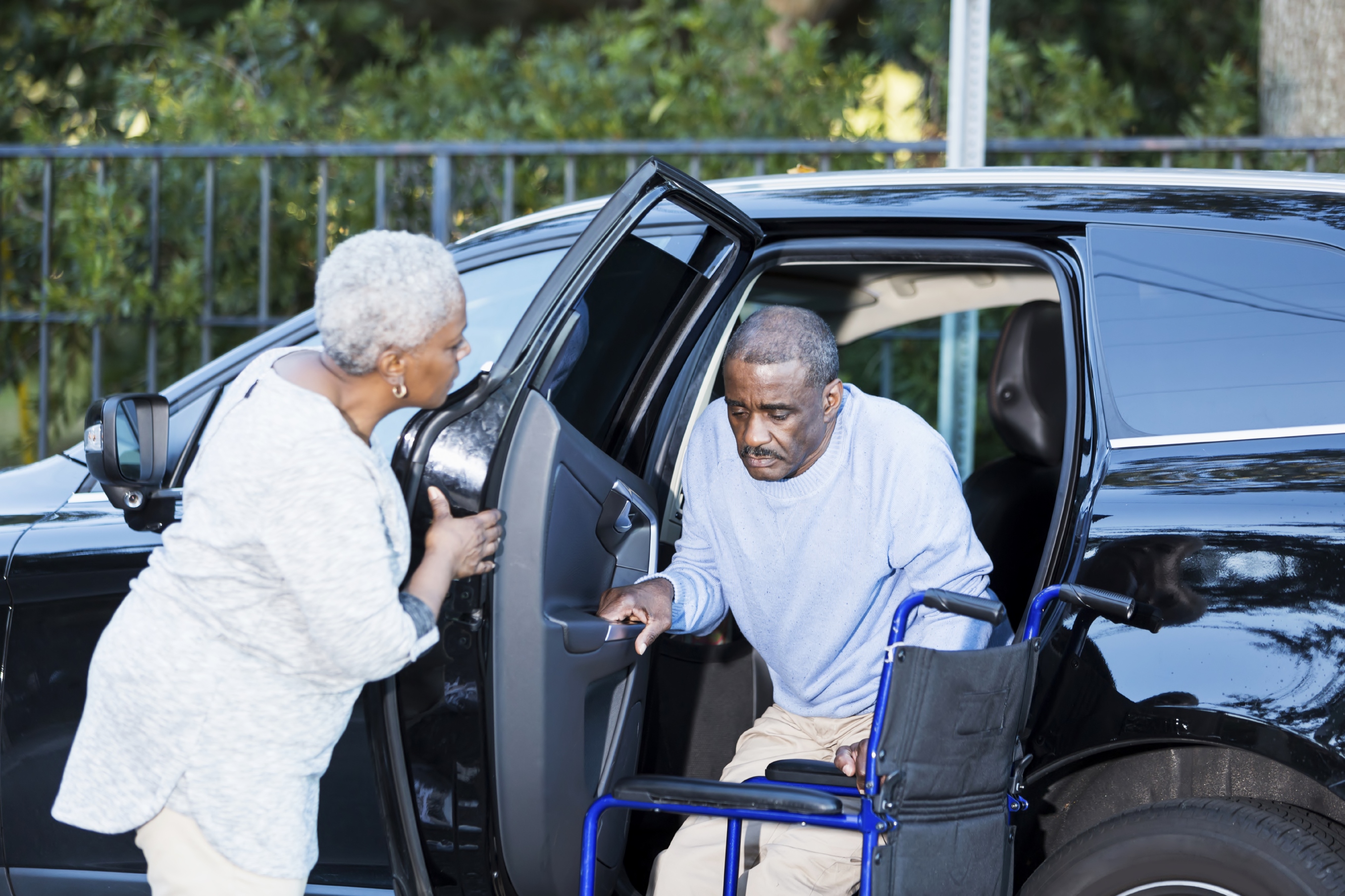
Unique Issues Related to Older Adults and Transportation
The NADTC supports the development of convenient, affordable, and accessible transportation options that enable individuals of all ages to travel to work, volunteer, spend time with family and friends, and enjoy entertainment, recreational and religious activities. As the nation’s aging population continues to rise – with 1 in every 5 Americans expected to be 65+ by 2020 – the provision of safe and accessible transportation options remains a top concern of older adults, caregivers and the communities where they live.
It is important to remember that many older adults live active lives, are safe drivers and are able to use public transit. There is no universally accepted age at which people are no longer safe drivers, even though chronic conditions and disability, which occur more frequently in old age, certainly impact that skill. The United States is a highly mobile culture, valuing the independence to go where you want and when you want to go. It’s no wonder, then, that the impact of having to “give up the keys” is a major, often negative, life event for many older adults. But the impact can be lessened considerably if alternatives to driving are readily available and accessible.
Accessible transportation services are critical for enabling older adults to live independently. The vast majority of older adults – nearly 90%, according to AARP – choose to age in place in their homes and communities. Successful community living requires access to medical and other essential services. While the health impact of reduced access to needed medical services is obvious (missed appointments, emergency hospital visits, lack of continual care), social isolation due to lack of transportation can have an equally negative effect on health and mental health. Without accessible, reliable and affordable transportation, many more older adults could face the possibility of placement in a long-term care facility.
Transportation is one of the most common supports provided by family caregivers. In fact, 78% of caregivers provide or arrange for rides for their loved ones (National Alliance for Caregiving and AARP). In 2009, family caregivers provided 1.4 billion rides per year to older adults (AARP). Still, older adults who live a long distance from family or who need frequent rides (such as individuals receiving chemotherapy or renal dialysis) depend on more formal services to meet their needs.
While public transit is a viable option in many communities, in rural and suburban communities—where older adults are most likely to live—transit may be either nonexistent or so limited that only certain destinations are served. While we need to maximize older adults’ successful use of existing transit systems, doing so won’t meet everyone’s needs. Additional options are necessary.
Community transportation options are often creative solutions meant to fill identified gaps and may include such services as:
- Dial-a-ride which offers curb-to-curb service at an agreed-upon time;
- Volunteer transportation programs; and
- Assisted transportation (called “door-to-door” or “door-through-door”) for older adults who need more than a ride, providing assistance from the door to the car or an “escort” to stay with them throughout the trip.
Such programs are typically funded with a combination of federal, state and local funds. The Federal Transit Administration’s Section 5310 Program and Title III B of the Older Americans Act are two federal funding sources that frequently support such programs.